Contact Us
International House, 38 Thistle Street, EH2 1EN
0131 258 0307
contact@linkedintosales.com
© Linked Into Sales 2025 - Part of E-business Promotion Ltd, Company No. SC356036, VAT Number 948185679 | Linked Into Sales is in no way associated with LinkedIn Corporation. Linked Into Sales is a third party organisation that provides LinkedIn Marketing and Training Solutions to help businesses with generating awareness and leads through marketing on LinkedIn. All trademarks recognised.



Your Brand on LinkedIn: A Crucial Step Often Overlooked
Your Brand on LinkedIn: A Crucial Step Often Overlooked
According to Wikipedia personal branding is:
In order to create a personal brand, you first of all need to identify your uniqueness, the thing you do better than anyone else – your unfair advantage. It’s then about building a reputation for being the ‘go-to’ person for what you want to be known for. It’s about creating an overall positioning message that conveys who you are, whom you help, and how you can help them. You need to position yourself as the best person to deliver the thing that you do best.
Why is personal branding important?
Get personal branding right and you will elevate your profile. Your own activities will attract your target audience, your clients will give you glowing testimonials that will build your credibility and trustworthiness, others will talk about you, and others will refer people to you even if they haven’t even worked with you. You will be in high demand.
If you’re currently a generalist, specialise. If you are already a specialist, aim for becoming an authority expert. And if you’re an authority expert, aim for celebrity status. Each additional step you take leads to fewer people competing with you, the more you can charge, and the easier it is for you to generate new clients because the business will come to you.
How to Establish Your Personal (Professional) Brand on LinkedIn
Not everybody knows this, but LinkedIn provides a score out of 100 called your Social Selling Index (SSI) to show how you are doing from a social selling perspective on LinkedIn. It is made up of 4 sections with 25 points given for each section. This SSI score can be monitored to measure how well LinkedIn feel you are establishing your professional brand.
On LinkedIn, establishing your personal brand falls into two categories:
1. Your LinkedIn profile set up: complete your profile with the customer in mind.
2. The content you create: become a thought leader by publishing meaningful posts.
The more fully you complete your LinkedIn profile, and the more you post high-quality content that positions you as the go-to person to help your target audience, the higher the mark you get out of 25 in ‘Establish your Professional Brand’. This will help you to establish your brand and help you to move up the 4 levels of expert positioning mentioned above.
Today, I want to look at your LinkedIn profile setup, but in particular, one aspect that is much more important than people realise.
The Vital Step on Your LinkedIn Profile
For establishing your personal brand for your target audience on your LinkedIn profile there are 20+ steps. So, which one is the vital one I’m talking about?
The first many of you may be thinking of is having a professional-looking photo. This is very important but is something that most people actually do a reasonably good job of, drinking and wedding photos aside!
There is of course your background, which many people don’t do a good job of, and others who don’t actually even set up! If you’re in this last camp and leave LinkedIn’s default background in place, you’re essentially wasting a free advertising space on your profile, but it will also lose you points in your ‘Establish your Professional Brand’ standings. Your background is important but not vital until you actually get people on your profile, which is essentially what the vital step helps with.
The step I’m talking about follows you around LinkedIn along with your photo and your name. It is visible when you view ideal clients’ profiles, when you comment on their content, when you send connection requests, when you send messages, and when you do pretty much anything on LinkedIn. The vital step I’m talking about is your profile headline.
Optimising Your Profile Headline
The vast majority of people leave their headline as the default setting LinkedIn use, namely the job title and the company someone currently works for. This is a huge mistake because a well-written headline can help to generate interest and opportunities for new clients, or job opportunities.
It needs to be written with the positioning of your personal brand in mind. It’s an opportunity to set you apart from your competitors. It is a major determinant of how many people connect with you. It also has a major impact on how many times you appear in search results. Change this and your ideal clients are more likely to notice you.
So, what should you change it to?
For your LinkedIn headline, LinkedIn gives you a maximum of 220 characters. It is important to get the most important elements up front to grab the attention of your target audience, but also on LinkedIn’s mobile app, you see fewer characters of your headline in some places your headline appears.
For the content of the headline, the formula I use with clients is as follows:
Positioning | I help (target audience) (outcome/benefit) (how) (call-to-action)
Following my formula, my profile headline is as follows:
Breaking this down:
1. Positioning: LinkedIn & Sales Navigator Strategist
2. Target Audience: Helping Sales Teams
3. Outcome/Benefit: Build Robust Sales Pipelines
4. How: Move from Cold to Warm Conversations by Adopting Proven Strategies, Effective Systems & Sales Navigator
5. Call to Action: ⏩ Discovery-Call.com
For some people, they may not need to add in the ‘How’ section. For me though, I use the ‘How’ section to convey my differentiation. I have spent years finding out the strategies that work, I have systemised all aspects of running effective campaigns, and have specialist knowledge of using Sales Navigator as the engine to organise and track campaigns.
Use my formula above as a guide to help you to develop your ideal headline for your ideal client so they understand your differentiation and how you are the best person to help them with the problem they have.
Conclusion
Crafting your headline should not be rushed. It takes time to identify all elements that make up the headline and ultimately ‘why you’.
Once you have settled on a headline, you should continually listen to your target audience as they will provide you with information that may require you to tweak your headline. You may even need to switch from one persona to another or offer your audience a more relevant solution. Your headline, like your profile and personal brand, is a journey, not a destination. Things change, so make changes.
Take your headline seriously. If you do, this could be the difference between your ideal clients noticing you and presenting you with an opportunity to help them with that unique thing you are especially talented at, or not.
Does your LinkedIn headline need a makeover?
Categories